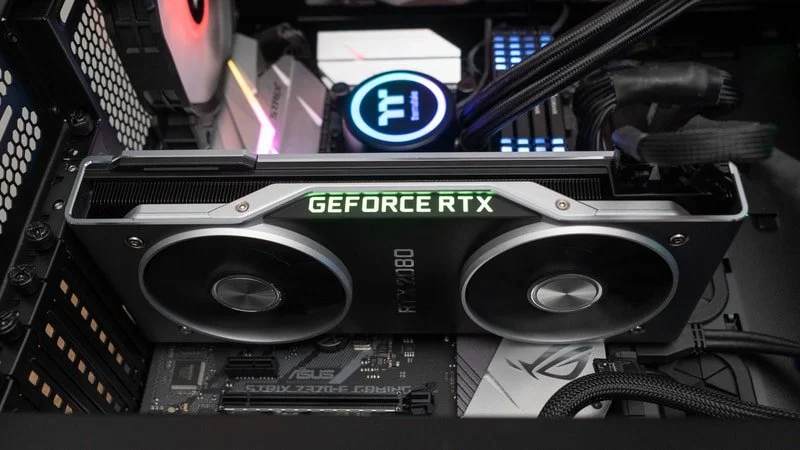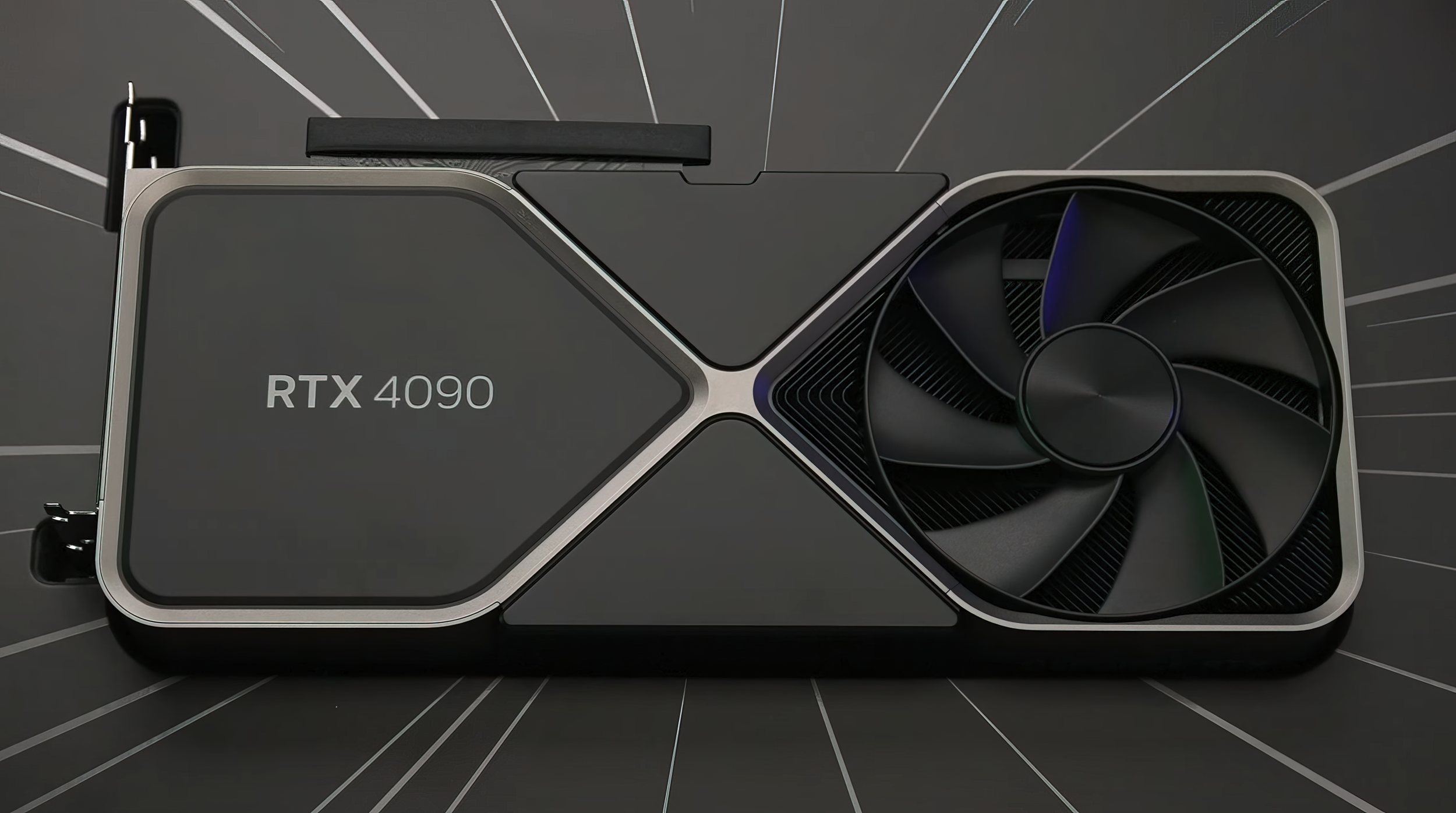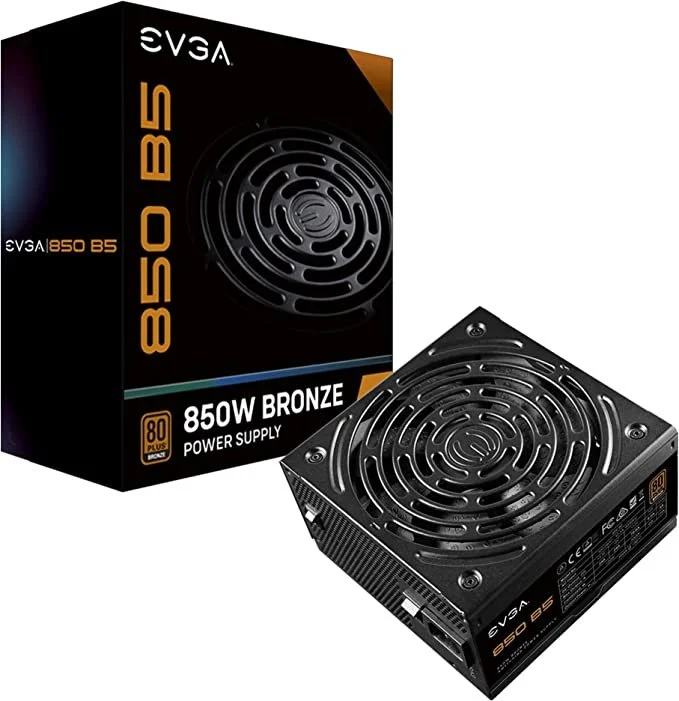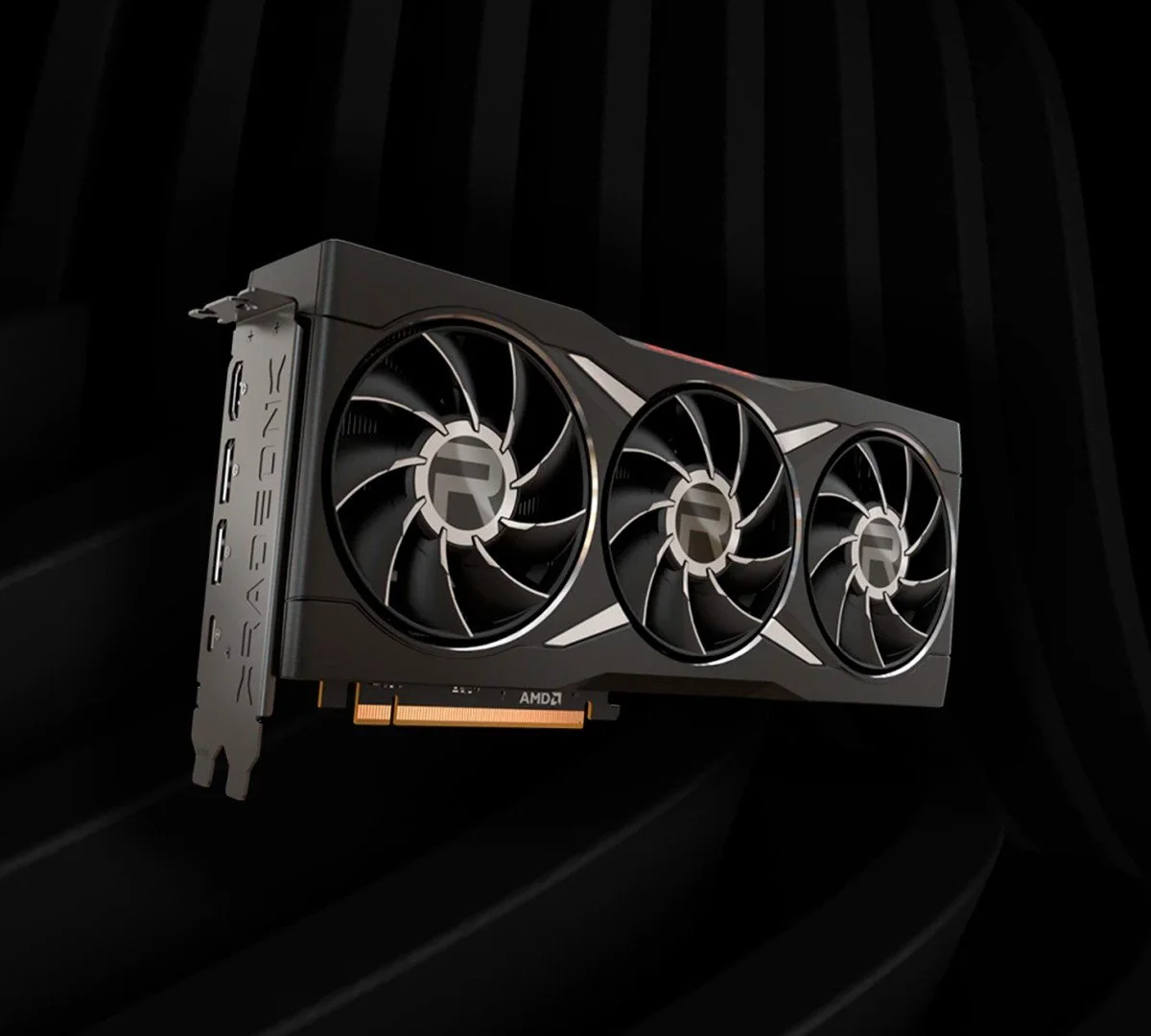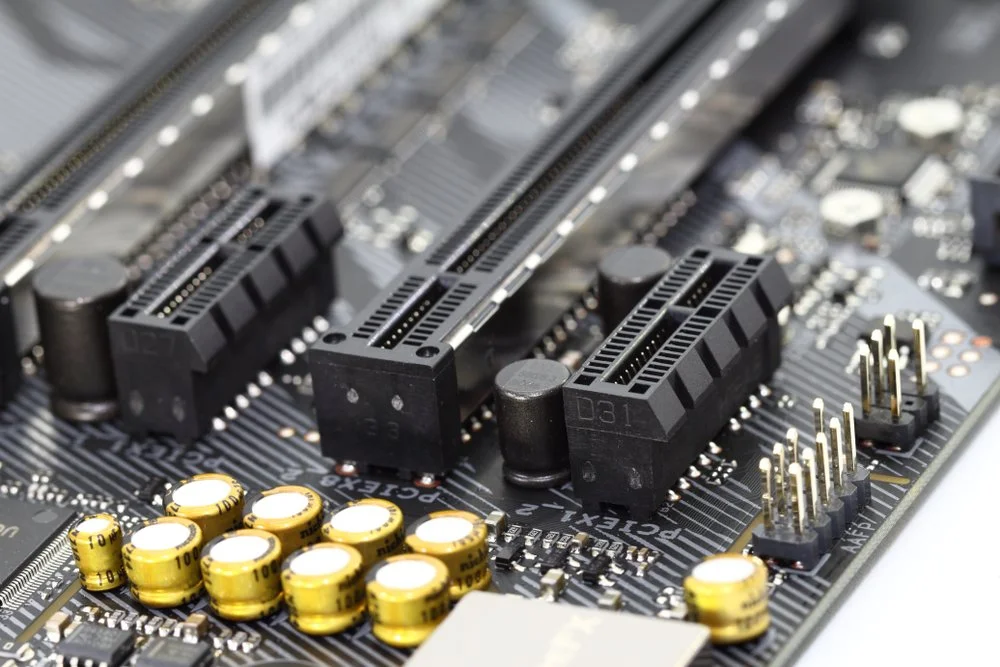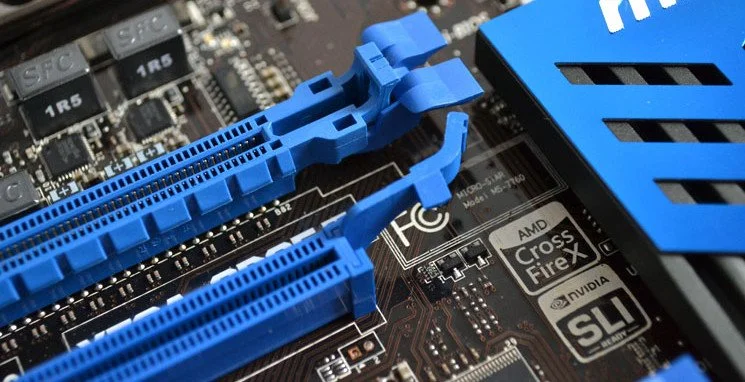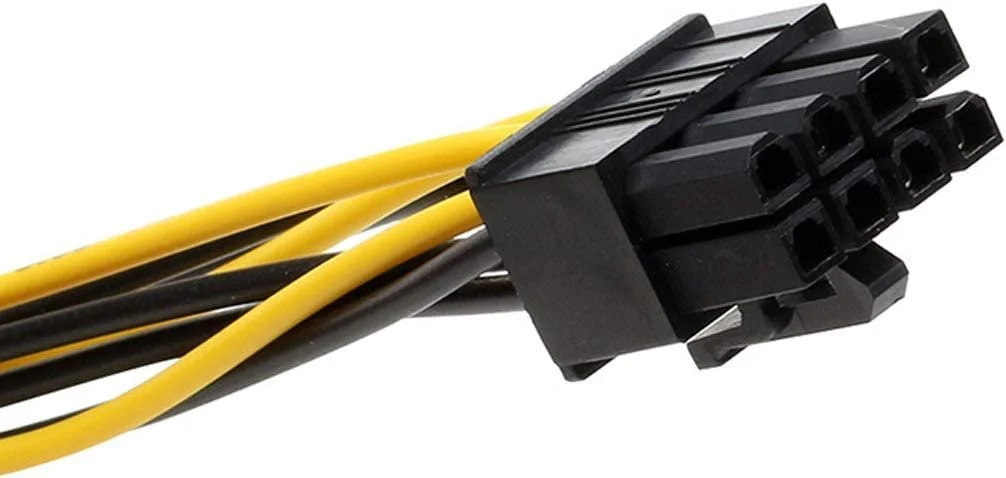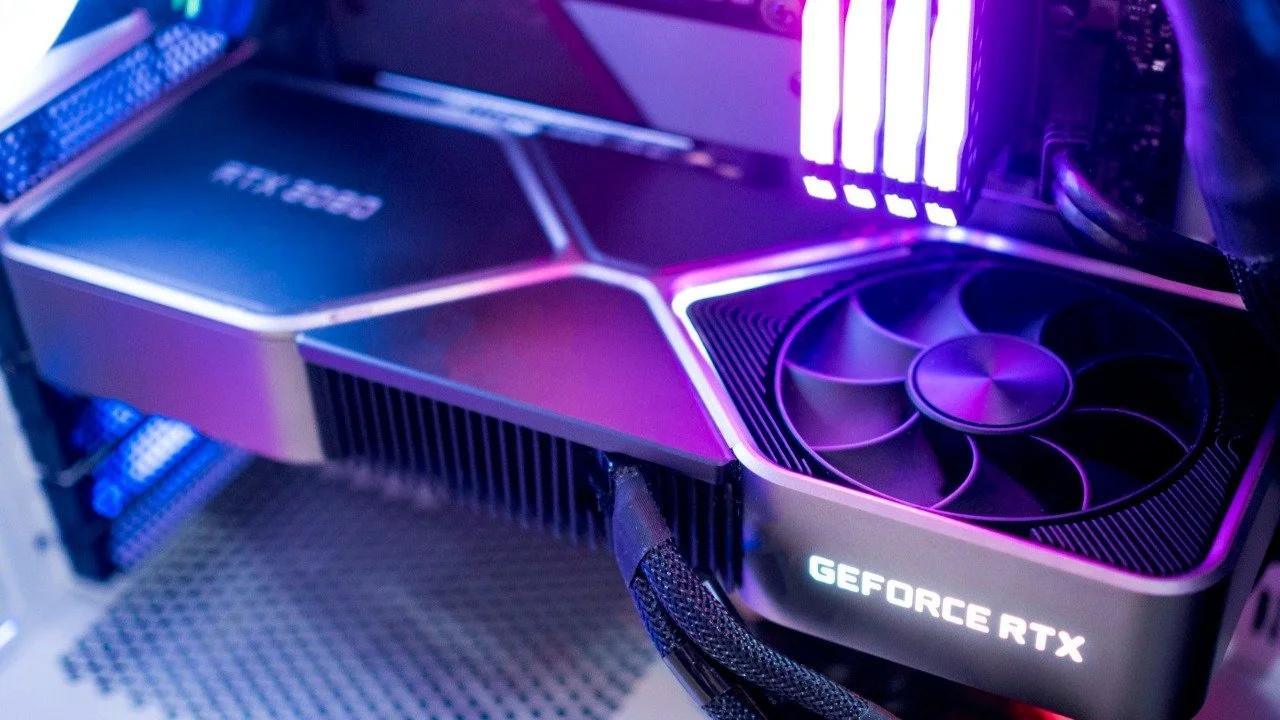How to properly install your new graphics card
Deciding on the perfect graphics card for your system can be daunting, especially if you're new to building PCs. The current chip shortage is causing prices to inflate. Finding the ideal card for your PC is difficult, especially if you're on a restricted budget. AMD and NVIDIA have a current stronghold on the market, offering consumers various options, with prices ranging from $300 to $2000 NVIDIA RTX 4090.
Once you have made the purchase, it's time to install your brand-new graphics card. But before you start, you must follow a series of steps for the proper installation.
Supply the power
Purchasing an inadequate power supply is probably the most common mistake many makes. Trust me; I made the same mistake during my early days of building PCs. Either you purchase a power supply that can't supply enough wattage, or it doesn't have enough power available for a PCIe power connector.
As a rule of thumb, ensure the power supply meets the requirements by following the manufacturer's recommendations. For example, the GTX 4090 uses up to 450 watts of power. This means you'll need an 850 watts or higher power supply for optimal stable performance. In addition to having pair of 8-pin power connectors.
This is the AMD Radeon RX 7900XT graphics card
The installation
The graphics card is the least complicated hardware to install. Your computer and a Phillips-head screwdriver are all needed for proper installation. And finally, before installation, as always, make sure your PC is unplugged from a power outlet.
(side note: always discharge yourself or ground when using any PC hardware. Do so by touching a metal object or you use an anti-static wrist strap or work mat)
This right here is your basic PCIe 4.0 slot
You install graphics cards into a PCI-e x16. Today's Gen motherboards have PCI-e 4.0. On most motherboards, the expansion slot is located next to the processor. Provided you properly manage the cables inside your case, you should have no obstruction near your slot, such as loose wires. If, by chance, you’re replacing an old graphics card, disconnect the cables. Remove the screw ( using the Phillips screwdriver) from the retention cover- bracket. It’s located on the rear of the PC case. All motherboards have a plastic latch on the end of the PCIe slot. Its primary purpose is to lock the graphics card in place. Toggling the latch will enable you to unlock and remove any old graphics card.
Do you not see the latch to the PCIe slot? There it is.
You can install your new graphics card directly into an open PCIe slot. On the motherboard, it should be labeled PCIe x16. Now we’re coming to the critical part of the installation. Carefully and firmly, push down the plastic lock at the end of the PCIe slot. This should hold the graphics card in place. You can reuse the same screw that held the old graphics in place.
This is an 8-pin PCIe power connector
Most high-end graphics cards may require more power connectors to function properly and thoroughly. For instance, the RTX 4090 graphics card requires two 8-pin (16 in total) connectors. As I stated earlier in the post, the improper power supply will cause your graphics card to malfunction. If the PCIe power cables aren’t properly connected, your computer will not be able to boot.
Install those software drivers
Once you have installed your new graphics card, you will need to download software drivers. The drivers are required so that the graphics card can communicate with the computer enabling you to view fluid, smooth images on your display. Most graphics cards come with a disk that includes software drivers. I would instead go to the manufacturer's website to download an updated driver package. However, you must consider that software drivers are significantly large, measuring 500 MB or more.
This what the a typical software driver package looks like from NVIDIA
Depending on your Internet speed, the download will take some time. Once the drivers are installed, your computer will perform a series of reboots. After that, you should now view clear, sharp images of icons on your display. You’re all done; enjoy your brand-new graphics card.
This is a fully functional GeForce RTX 3080
Before I close out this post, as an advisory note, if you're switching graphics cards from AMD to NVIDIA or vice versa, before installing the graphics card drivers, make sure you uninstall the old drivers. If you don't, your graphics card will not function properly due to conflicting drivers.


